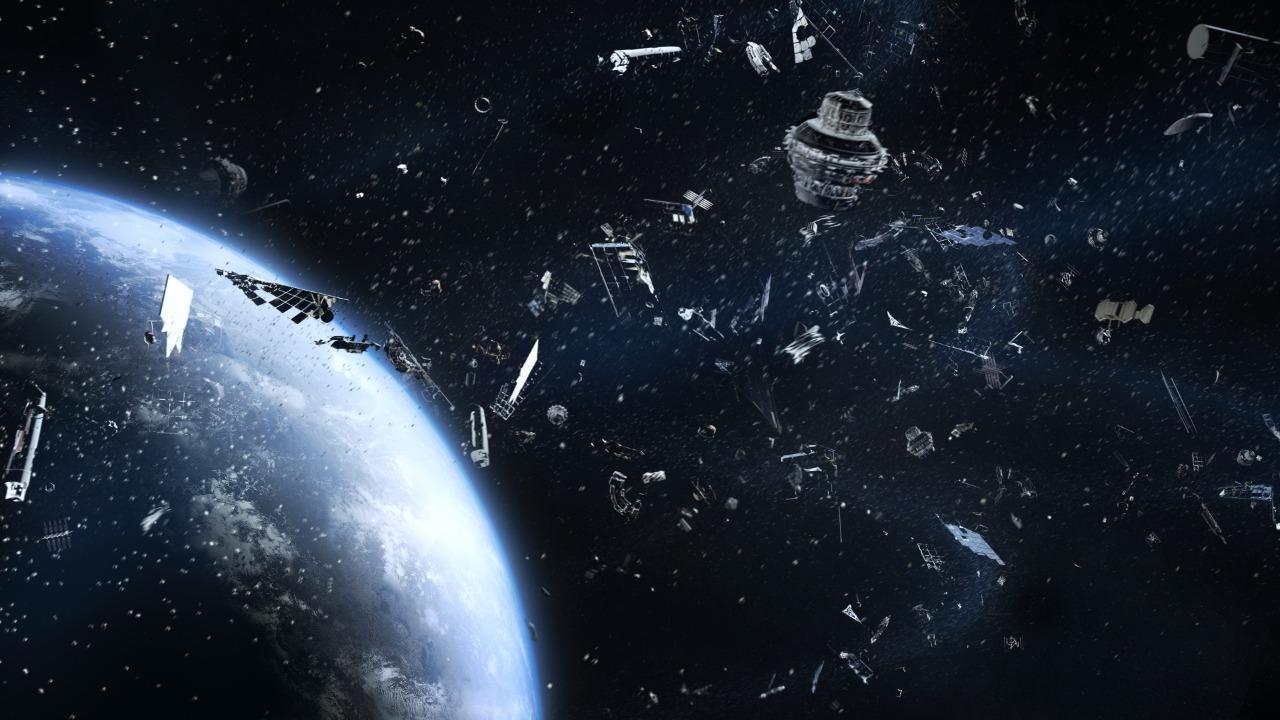An Indian-American professor has stressed that while the space economy is on track to be valued at a trillion dollars by the end of 2030, assets such as navigation, weather and communication satellites that serve our society daily are threatened by space debris

Representational photo/istock
The space economy is on track to be valued at a trillion dollars by the end of 2030, but assets such as navigation, weather and communication satellites that serve our society daily are threatened by space debris, an Indian-American professor has stressed.
According to NASA, it is estimated that millions of pieces of space debris orbit around Earth. A major portion of these objects as well as active satellites reside in the low-Earth orbit region, at altitudes between 200 km and 1,000 km.
In November last year, Russia destroyed one of its own satellites with a ground-based missile, creating thousands of pieces of debris that passed through the International Space Station (ISS).
The astronauts and cosmonauts had to take shelter in their Soyuz and Dragon vehicles docked at the space station, as the orbital lab continued to pass through a debris field every 90 minutes.
The US identified more than 1,500 trackable pieces of debris from the event, and many thousands of smaller ones couldn't be traced.
According to Piyush Mehta, Assistant Professor of mechanical and aerospace engineering at West Virginia University, the US, in low-Earth orbit, our ability to safeguard these space assets depends on modelling of the aerodynamic forces acting on the satellites, specifically satellite drag.
"The drag force acting on a satellite is affected by various physical parameters, however, the most crucial and uncertain are the drag coefficient and mass density," said Mehta, who leads a collaborative effort on satellite drag coefficient modelling under the International Space Weather Action Teams (ISWAT) initiative.
Mehta explained that because of the interconnectedness of the two parameters, one of them is held constant, typically the drag coefficient, while the other is investigated.
However, he added that this causes inconsistencies or inaccuracies in our understanding of the mass density variability in the upper atmosphere or thermosphere.
Jason Gross, Interim Chair of mechanical and aerospace engineering at the Statler College, West Virginia University, said: "With the continued rapid increase of manmade satellites in low-Earth orbit, his (Mehta's) work towards improved orbital decay prediction becomes more important for the future of space environment sustainability with each passing day. His lab is at the forefront of this important field."
 Subscribe today by clicking the link and stay updated with the latest news!" Click here!
Subscribe today by clicking the link and stay updated with the latest news!" Click here!










